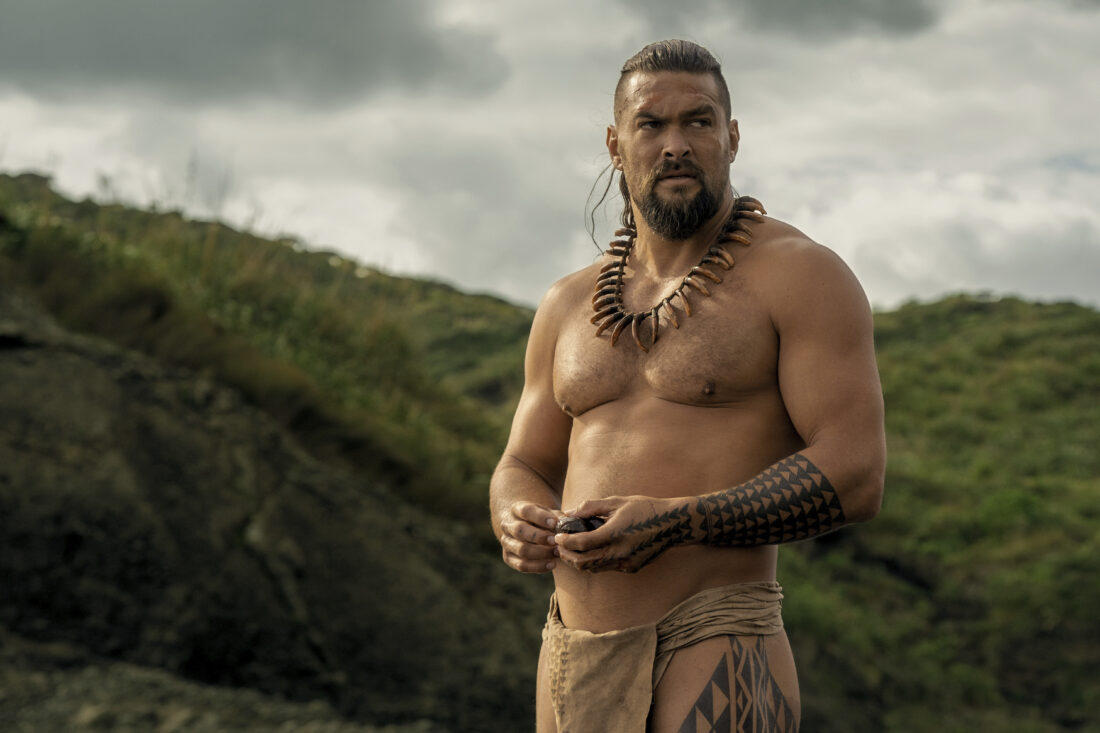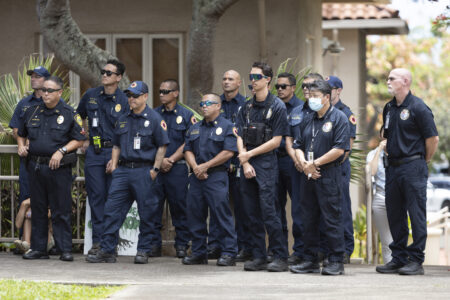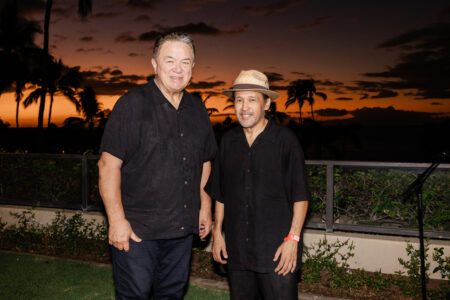‘Chief of War’: Jason Momoa’s passion project is here

This image released by Apple TV+ shows Jason Momoa in a scene from "Chief of War." Nicola Dove/Apple TV+ via AP
“Chief of War” is extraordinary, a breakthrough project for star and producer Jason Momoa and just about everything I could hope for from a nine-hour Hawaii historical epic, presented as season one on Apple TV+ (which allowed me to watch all nine episodes).
The plot: in the 18th century, the four Hawaiian kingdoms are in the midst of war. Momoa plays Ka’iana, the war chief to King Kahekili (played by Temuera Morrison, reliably ferocious).
Contrasting viewpoints about unification and combat create tension, as well as the arrival of white explorers, the use of guns, slavery, human trafficking and the new philosophies to ruling presented by Chief Kamehameha (played by a soulful Kaina Makua) and Queen Ka’ahumanu (played by Luciane Buchanan, another scene stealer). That’s just for starters.
There’s lots of supporting characters and expanding plot developments. It can get complicated but never murky and always engaging. Only a few episodes ever drag. Because it’s long form storytelling, a lot of ground is covered, and many characters take time to develop.
From the first frame on, it’s as muscular and confident as its leading man. Momoa’s brooding, exciting performance is on another level from his previous work. Portraying Ka’iana, Momoa (who also co-wrote every episode) isn’t rehashing Aquaman but gives the kind of internal, emotionally explosive performance that Russell Crowe provided in “Gladiator” (2000).
For the first episode, ʻŌlelo Hawaiʻi is spoken with subtitles, and the introduction of English-speaking characters is why the use of ʻŌlelo Hawaiʻi fluctuates in the second episode and onward. The decision to have most of the dialog in ʻŌlelo Hawaiʻi is as smart and crucial a choice as it was for Clint Eastwood’s “Letters from Iwo Jima” (2006) to be almost entirely in Japanese.
Hearing ʻŌlelo Hawaiʻi, the most beautiful language imaginable, spoken at length in a big budget production, is a dream come true. I would describe most of “Chief of War” that way. The only thing to come remotely close to this is the forgotten Easter Island epic “Rapa Nui” (1994) or Mel Gibson’s “Apocalypto” (2006).
The violence is gnarly enough to make one hesitate to show this to their kids just yet. Is it over the top? Early on, Ka’iana hits an opponent with a spear so hard, he flies backward into a bonfire, as though struck by a bullet. Is anyone watching “Chief of War” for subtlety?
The true beauty of “Chief of War” comes not from the environment but from the performances. In addition to Momoa’s sensational work, some of the other standouts (so many to mention) are Sisa Grey as the seen-it-all Vai, an imposing Moses Goods as Chief Moku, and a wonderful Siua Ikale’o as Nahi. Daniel Watta’s final scene in the pilot as King Kahana is haunting. Branscombe Richmond, a character actor for decades, has a moving cameo appearance as the ailing King Kalani’ Opu’u (Richmond has the killer line, “I am on the journey of death, life is too short for formalities”).
The ninth and final episode of the season has been directed by Momoa, and it’s a killer, beginning with an awesome confrontation atop an erupting volcano, and a hall-of-fame, insanely gory battle scene, complete with pre-carnage trash talk.
Hans Zimmer creates chicken skin-inducing theme music, and the end credits reveal the hiring of consultants for the Hawaiian tattoos, language, script, weapons, canoeing, carving and traditional hale building.
Some have complained about the lack of enough Hawaiians in the cast and how most of this was made in New Zealand. Whether it’s fair or not, “Chief of War” will be held high as a prime example of Hawaiian representation in mass media. The end result isn’t flawless, but this is not stiff, safe pageantry. It’s been told with passion and dramatic urgency.
For those who take issue with exact fidelity to what truly happened or, the other route, declare it a success without fault, please remember this is historical interpretation. The plot sometimes settles for melodramatic generalization or chooses entertainment over something more nuanced.
The best-case scenario is that “Chief of War” will continue for more seasons and create pride, interest and ongoing desire for more filmmakers to tell stories of Hawaiian history. I hope this is the beginning of a trend and not a stand-alone anomaly.
The achievement of this series should be celebrated and so should Momoa’s effort to get this passion project made.
“Chief of War” premiered Aug. 1 on Apple TV+
Barry Wurst II is the founder of the Hawaii Film Critics Society and teaches film classes at University of Hawai’i Maui College.




